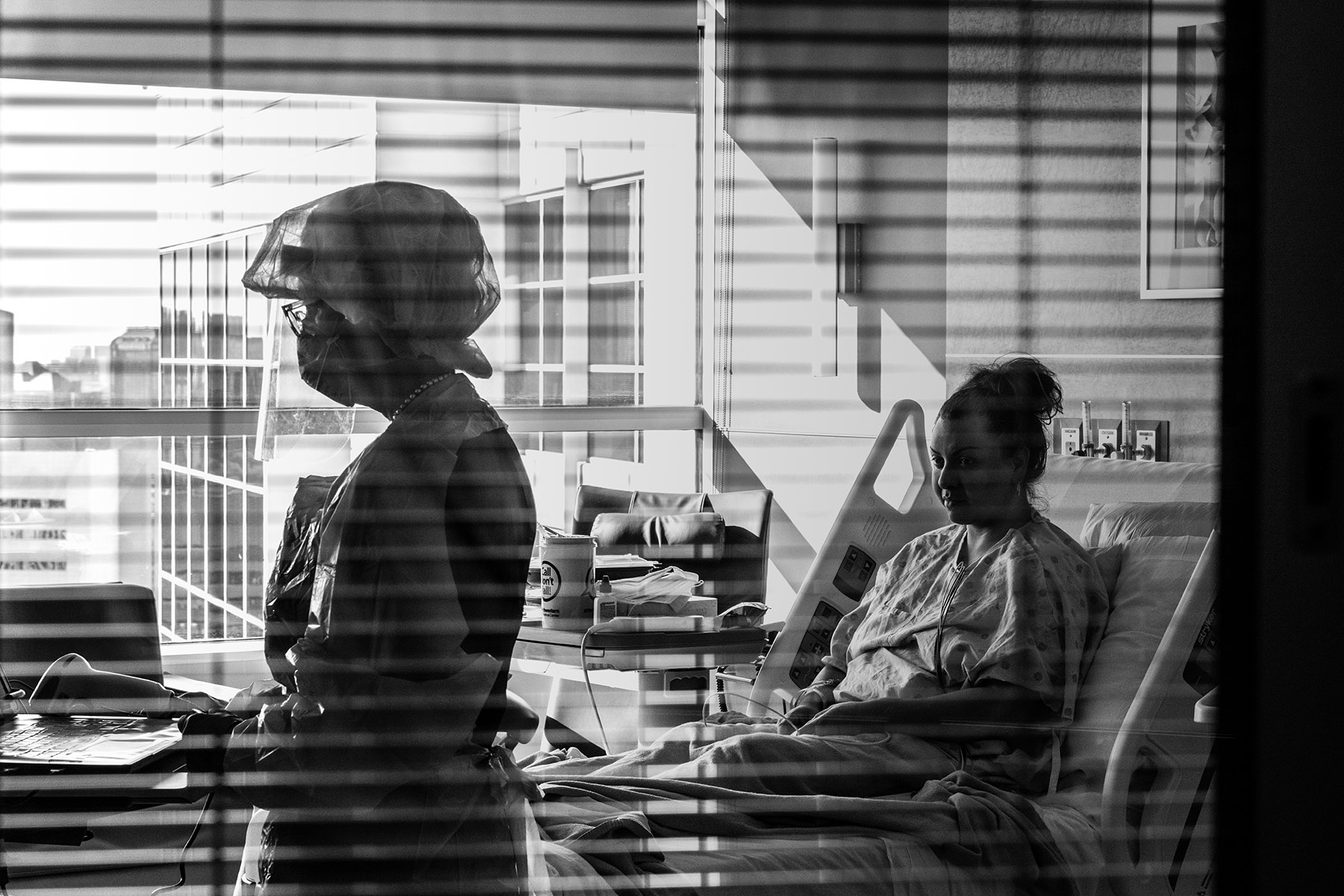As a more infectious variant of COVID-19 appears destined to become the dominant strain of the virus, more than 80 percent of Dallas County residents have achieved immunity either through vaccination or infection, according to the Parkland Center for Clinical Innovation.
While this is good news, it doesn’t tell the whole story. More than half of the ZIP codes in Dallas County have not reached this barometer. Some are particularly vulnerable to the spread of the virus because of their low vaccination rates.
“Herd immunity,” as some public health researchers call it, hinges on 80 percent immunity within a particular community, but even that number isn’t totally agreed upon. Some estimates want 90 percent. Large counties like Dallas, which includes more than 2.6 million residents, will take time for all of its neighborhoods to reach the benchmark.
“Reaching the 80 percent herd immunity rate is not like flipping a switch, but a continuum in our journey,” says Steve Miff, the CEO of PCCI, which has tracked the spread of the virus locally throughout the pandemic.
Throughout the county, 49 ZIP codes are above the 80 percent threshold while 45 ZIP codes are still below that goal. Nine ZIP codes are still below 43 percent immunity; 17 are above 90 percent. Traveling throughout the area means traveling between risks. As such, the emphasis should be on getting more people vaccinated, Miff says. “Don’t get a false sense of security.”
In total, about 47 percent of Dallas County residents have received their first shot and about 38 percent are fully vaccinated. PCCI estimates that 49 percent of the county has natural immunity after recovering from an infection. PCCI reached its conclusion by analyzing administered vaccinations and COVID-19 test results since the beginning of the pandemic.
The data also requires a formula for those were infected with the disease but were not confirmed through lab tests. For every infected adult that tests positive, PCCI estimates that four other adults have likely been infected. For children, PCCI assumes five additional infections for every positive pediatric test. These models are based on UT Southwestern’s serology studies, which include testing antibodies in untested individuals, as well as data from the Centers for Disease Control and Prevention. PCCI also predicts that 28 percent of the vaccinated population were infected with COVID-19 before receiving their jab.
“If anything, the numbers we are using are probably conservative,” Miff says.
But the highly contagious Delta variant is spreading. It currently accounts for about 25 percent of new local cases and is doubling every two weeks. In a couple of weeks, Delta will be the most common variant in North Texas. A couple weeks after that, Miff says the Delta could be as prevalent as it is in the United Kingdom, where new cases are 15 times higher than they were just six weeks ago.
This variant is more infectious and produces a higher viral load in the carrier, making it easier to pass along. PCCI would like to see 88 percent immunity in the population to prevent further spread. As Delta becomes more common, immunity needs to increase as well. That also changes the definition of “herd immunity.”
The safest way to fight against the spread of the Delta variant is to get vaccinated. About 61 percent of adults and 80 percent of those over 65 have been vaccinated. This is the most certain way to avoid infection: Parkland data shows that only 0.04 percent of the fully vaccinated population has been infected with COVID-19.
ZIP code data show the areas most in need of improvement. Neighborhoods around Lewisville and Grapevine showed meager vaccination rates of below 20 percent. Vaccination rates closer to Dallas proper, like Highland Park’s 75225 and North Oak Cliff’s 75208, have higher than 95 percent immunity rates.
Outside of north and central Dallas, vaccination rates drop off precipitously. In the Red Bird area in southern Dallas, ZIP code 75237 is just 22 percent immune. Most of the ZIP codes between I-35 and I-45 in southern Dallas have between 30 and 40 percent immunity. North of Bachman Lake in northwest Dallas (75220), Vickery Meadow (75231), and northeast Dallas (75243) feature vaccination rates nowhere near herd immunity levels, at 36, 39, and 34 percent respectively. The wide margins in immunity between neighborhoods in a mobile city mean that the push for increased vaccinations remains paramount, Miff says.
You can check your own ZIP code’s immunity levels on Dallas County’s Herd Immunity Dashboard.
There are disagreements about what percentage is required to reach herd immunity. The World Health Organization gave a 60 percent to 70 percent range for herd immunity, while Dr. Anthony Fauci, the director of the National Institute of Allergy and Infectious Diseases, believes it to be 70 percent to 90 percent. PCCI has used 80 percent as its mark locally. The organization initially predicted that its definition of herd immunity would be reached in June, but had to push the date back when vaccination rates slowed.
Now with the Delta variant’s spread, higher levels of immunity will be needed.
“It is good to get to 80 percent, but it likely needs to be higher due to the Delta variant,” Miff says. “The goalposts have moved.”
And they will keep moving. The only way out is through increasing vaccinations.
“The message is simple: don’t wait to get vaccinated,” Miff said. “For those still hesitant, the safety and efficacy studies to date are overwhelmingly positive.”






